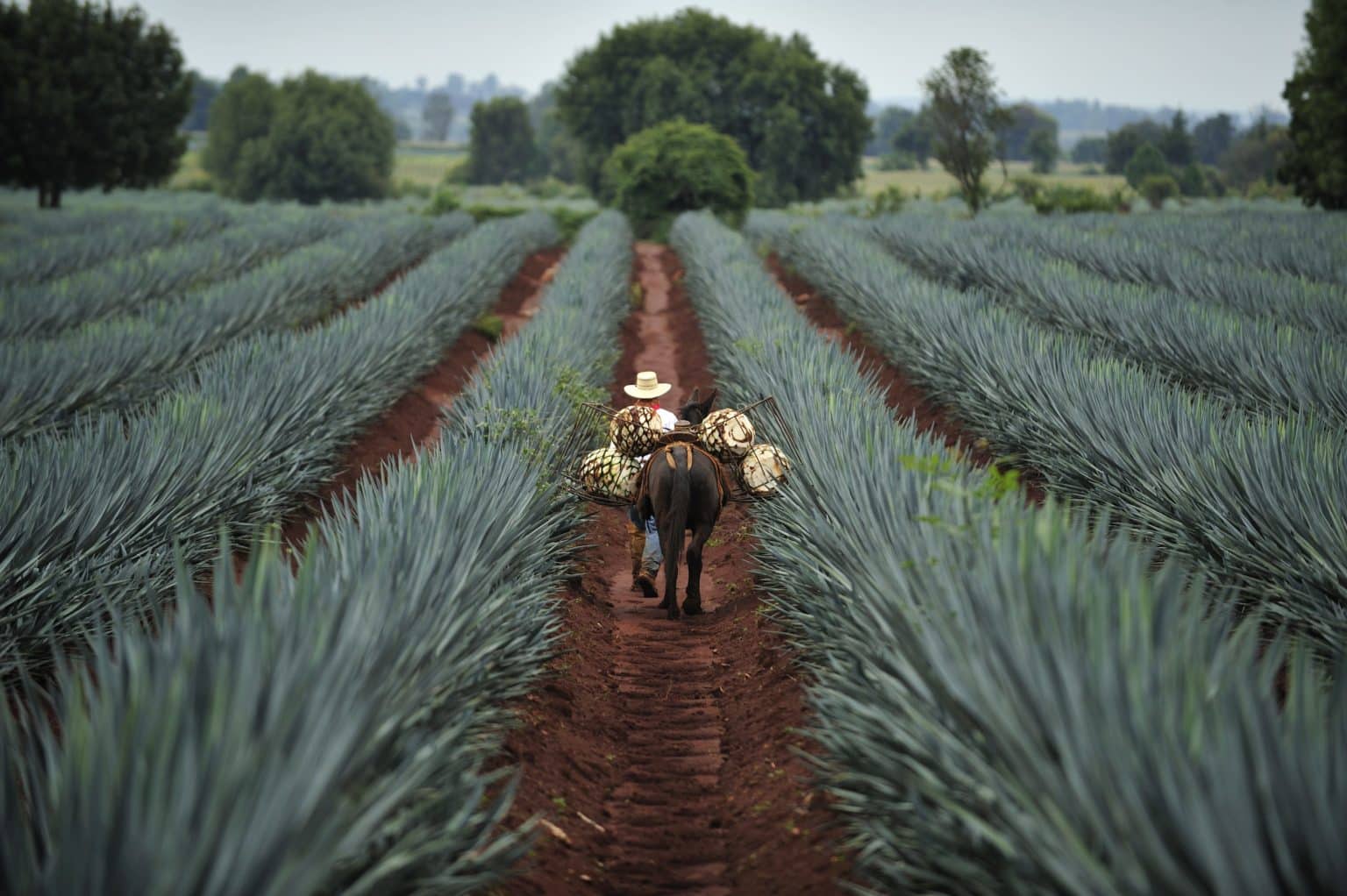
Agave & Tequila: Our guide to the best tequilas
Our guide to the best tequilas in Mexico – Find out more about tequilas and the agave plant that produces tequila
En visitant notre site, vous acceptez notre politique de confidentialité concernant les cookies, les statistiques de suivi, etc.
While taking a pleasant stroll among the attractions of Chichén Itzá in Mexico, you will find that it is a very special pre-Hispanic city, as its architectural style presents an interesting fusion between the traditional Mayan design, with elements of other cultures of central Mexico. .
Despite being one of the favorite destinations for international travelers in Mexico and constantly being studied, Chichén Itzá still has many secrets to be discovered. However, the discoveries made so far have revealed its incredible astronomical precision and controversial religious rituals.

The pyramids are all the same shape, but the pyramids in Mexico built by the different Mayan and Aztec cultures in Mexico each have their own peculiarities. The pyramids of the various Mayan cities are shorter, and experts believe that this should have made way for a temple at the top.
This is also the case in the archaeological area of Chichén Itzá , best known for the monumental pyramid of Kukulkán. When they arrived in Yucatan, the Spanish conquistadors gave it the name “Castillo”, and it is easy to understand why. 24 meters high and 55 meters wide, this huge structure was built in the 12th century to worship Kukulkan, the feathered serpent and principal deity of the Maya – a figure equivalent to Quetzalcoatl in Mexican culture.
The Mayan civilization had great knowledge of mathematics, geometry and astronomy, and all this knowledge was expressed in the temple of Kukulkan. The pyramid has four steps of 91 degrees each, which together with the platform at the top of the temple add up to 365 days of the year. The orientation of the pyramid also reflects the precision of the astronomical knowledge of the Mayan people: during the summer and winter solstices, the sun illuminates the temple on a perfect diagonal. Thus, two of its facades are completely illuminated, while the other two are left in total darkness.
Chichén Itzá, a UNESCO World Heritage Site, is the most important temple of Mayan culture. Located in the state of Yucatan, this archaeological site is the best known in all of the Riviera Maya, receiving approximately 500,000 tourists in the summer alone. Founded between 325 and 500 AD, its name means “At the mouth of the well of the Itzaes”, Mayan people, and refers to the sacred Cenote, which the Mayans considered as an entrance to the Underworld. During its splendor, it covered 25 square kilometers.
The site includes a number of monuments to visit.
The main structure of this archaeological site is undoubtedly the Pyramid of Kukulkan (also known as Kukulcan Castle), name with which the Mayans called Quetzalcoatl, the feathered serpent and the most important deity of the pre-Hispanic cultures of Mexico. and Central America. Two Kukulkan heads carved in stone are visible at the foot of the front staircase of the pyramid. The pyramid has 4 side stairs, of 91 steps each, and if we add the central platform we have a total of 365, referring to the 365 days of the year in the Mayan calendar.
This temple dedicated to the deity Kukulcan, is the most emblematic building of the whole archaeological area. Its very impressive architecture and state of conservation, as well as its size, make it stand out. As if that weren’t enough, there are effects like the Spring Equinox that give it a more surprising touch.
It has nine levels and is 25 meters high. The Spaniards called it “El Castillo” because they tried to make the pre-Hispanic structures equivalent to European structures. This temple was built in the 12th century AD, because at that time the city of Chichén Itzá reached its maximum splendor, being the most powerful city in the whole peninsula. And, as we have already mentioned, the entire pyramid represents in three dimensions the Mayan calendar. In July 2007, it was named one of the New Seven Wonders of the World.
Known as Tzompantli, in Mayan for temple of skulls, it is one of the most mysterious constructions. It receives this name because the entire shore of the temple is covered with stone skulls. These skulls are said to refer to human sacrifices.
The temple of the warriors has a great Toltec influence in its construction. We can see the similarities with Tula, in Hidalgo, for example. For example, the Atlanteans and the statues of Chac Mool.
One of these statues of Chac Mool has a tray for sacrifices, in which it is believed that the hearts and blood of the sacrificed were placed, along with pulques and other offerings.
The temple is surrounded by columns carved with figures from the battles or from the daily life of Chichen Itza. It is known as the once covered “Patio of a Thousand Columns”, but this roof has not survived the passage of time.
Cenotes are natural wells, created after the collapse of one or more caves, and are found throughout the region of the Yucatan Peninsula. The Mayans called them “Tzonot”, which means cave with water, and they were sacred places to them. They practiced human and animal sacrifices there, in homage to Kukulkan and Chaac, the god of rain. They also threw gems and ceramic figures as offerings.
Archaeologist Edward Herbert Johnson dragged and looted the Sacred Cenote between 1904 and 1911, finding gold, jade, gems, human and animal bones, and selling it all illegally in his country. Most of the pieces were acquired by the Peabody Museum in the United States, which eventually agreed to return half of the lot to Mexico in 1970, and a few more in 2008.
There are several types of cenotes: open, semi-open and caves. The Cenote Sagrado is open type, with a diameter of about 60 square meters and walls 15 meters high.
It is located 300 meters north of the Kukulkan Pyramid, and is another of the major attractions of the Chichen Itza Ceremonial Center, since this cenote is named after it, as I explained earlier.
There is also another smaller cenote in Chichen Itza, called Xtoloc, which was used to supply the population with water.
You can find ruins of large pitches of “ Pok Ta ‘Pok “, a ball game in Mexico and Central America. The game involves passing a fairly heavy rubber ball (it can weigh up to 4 kilos) through the metal rings on either side of the court, using only the hip. Two teams were formed, with the best warriors (between 2 and 5 players), and it was said that while they played, they represented the deities on the field.
Before starting to play, players would pray to the god Hunahpu, god of fertility and the ball game, who according to the Popol Vuh was killed along with his twin brother, after losing a ball game in the Underworld, and they came back to life.
The ball courts were walled up, and the largest of these fields is at Chichen Itza. It is 170 meters long and 70 meters wide. On the surrounding platforms, the priests would sit and watch carefully, as the ball could not fall to the ground, as it was considered a representation of the Sun. It is believed that by touching the rings points were earned, and if he managed to get through one of the rings the game was won, although the rules were not completely clear, and were only assumptions of historians and archaeologists investigating this point. The losing team is also believed to have been sacrificed. At 2,500 years old, the ball game is the oldest team sport in the world. If you are staying in Mérida City when visiting Chichen Itza, you will be able to attend an incredible spectacle which takes place for free in the historic center of Mérida. These performances take place every Friday at 8 p.m. in front of the cathedral.
Also known as the observatory. This circular building located on a square platform is an observatory, from which the Mayans observed the sky in order to predict and plan their cultures. Its doors and windows are aligned with the celestial bodies and it allowed a clear view of the sky. Moreover, the main staircase points to the planet Venus. In the main tower there is a narrow spiral staircase, hence its name.
During your visit, you may appreciate other smaller structures, such as the Temple of Venus and the Temple of the Eagles and Jaguars.
There is another construction that the Spaniards called Las Monjas, as it seems the structure reminded them of convents. It consists of three buildings, Las Monjas, and the East and South-East wings. It is decorated with engravings of the god Chaac, the Mayan god of rain and thunder, equivalent of Tlaloc in Mexican culture.
Chichanchob, also called La Casa Colorada (the red house) because of the red stripe running through the hall, was built in 850. It is the best preserved building of those surrounding the main square and its architecture matches the style Puuc.
During your visit you will find several stalls selling, among other things, handicrafts, clothes and hats. Typical crafts include jade, amber and obsidian figurines, hammocks and typical Yucatan clothing.
Demetrio studied Mayan archeology at the University of Yucatan and has extensive experience (over 80 visits) with tourists on archaeological areas, sacred cenotes, colonial and historic towns. Demetrio will give you extremely rewarding explanations along the way. A real human experience !

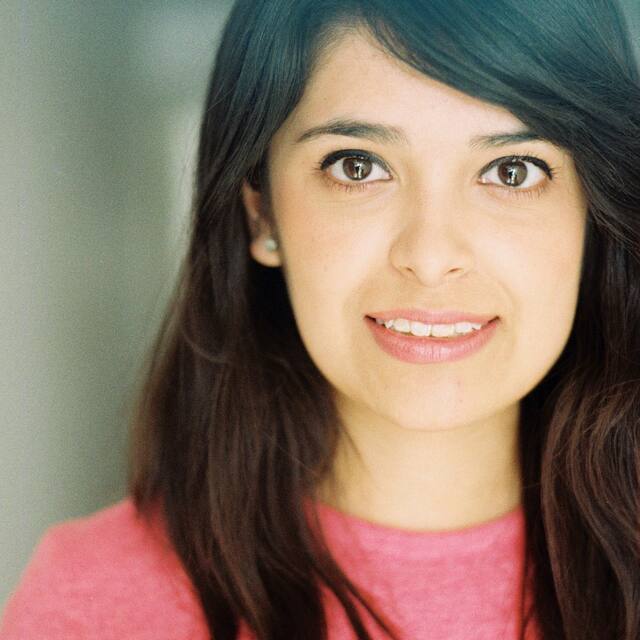
Demetrio studied Mayan archeology at the University of Yucatan and has extensive experience (over 80 visits) with tourists on archaeological areas, sacred cenotes, colonial and historic towns. Demetrio will give you extremely rewarding explanations along the way. A real human experience !


The Mayans are a people well known for their incredible knowledge of mathematics, geometry, astrology, acoustics and other sciences. Proof of this is the spring equinox (between March 20 and 21) and the autumn equinox (between September 22 and 23).
On these days, in the afternoon, a shadow in the shape of a snake can be seen crawling on the temple steps. It is said that during this process the feathered serpent (Kukulkan) connects the heavens, the earth and the underworld, thus uniting the day and the night.
The thousands of visitors who come each year to admire this phenomenon wear white, in order to absorb the positive energy of the new Sun.
On these days there will be live music, folk dances and other shows.
If you don’t have the opportunity to visit Chichen Itza during these days, you can go to the night light show. In this show, they make a representation of the equinox with lights; as well as a narrative of Mayan history created with lights reflected on the pyramid.
“Las noches de Kukulcán”, as this show is called, lasts about 30 minutes and the ticket costs around 500 Mexican pesos.
Another interesting phenomenon that can be appreciated from this pyramid is the following: When you stand in front of one of the steps and clap your hands, the sound will be reflected and the echo will have the sound of a Quetzal, a bird considered sacred in Mayan culture, and whose feathers were used to decorate the costumes of kings and priests.
This beautiful bird, representative of the Mayan culture, is also the national bird of Guatemala, where it is linked to freedom and to beautiful legends, such as the one which tells that before the arrival of the Spaniards, the quetzal sang throughout Mesoamerica, and now he is silent, and will never sing again until the earth is truly free again.
The site is open Monday to Sunday from 8:00 a.m. to 4:00 p.m. The ticket office closes at 4 p.m.
The entrance fee is 202 pesos for Mexicans and 481 pesos for foreigners. Residents with a Yucatan ID pay only $ 75.
There are a few things to keep in mind when visiting Chichén Itzá. One of them is that this archaeological area is very visited every year. That is why we have to take into account the factor of rows and the number of visitors.
If we go to Chichén Itzá in high season, we will find a somewhat crowded archaeological area. It is best to visit it in low season if you prefer to visit the archaeological area in peace. Although Chichén Itzá almost always receives many visitors.
The closest place to Chichen Itza is the magical town of Valladolid, just 40 minutes away by car. You can spend a night there before your visit and take the opportunity to visit the city and taste the delicious typical Yucatan dishes, such as cochinita pibil, salutes, panuchos, lime soup and much more.
But you’ll also find plenty of buses, as well as day trips from Mérida, Cancun, Playa del Carmen, and other places nearby.
The archaeological site is open between 8 p.m. and 4 p.m., and costs around 200 pesos for Mexican visitors, and between 400 and 500 pesos for foreign visitors, and on Sundays it is free for Mexicans with prior reservation.
There are many hotels near Chichen Itza; hotels that are far from the concept of a bracelet and all-inclusive hotel so typical of the Riviera Maya. Accommodations near Chichen Itza range from hostel type accommodations to large and luxurious hotels. There are all kinds for all types of travelers and are most used by those traveling alone. These hotels near Chichen Itza have been used by some of our readers, travelers looking for budget but quality accommodation and shying away from the coastal resorts that offer transfers and guided tours in Chichen Itza and surrounding areas.
If you want to stay directly at Chichen Itza, there are several options available to you :
The easiest place to find is the little restaurant at the entrance of the pyramids called Oxtun which is great for resting and eating in Chichen Itza after visiting the place without having to move around.
Just 40 minutes from Chichen Itza is Valladolid, which was named Magic City in 2012, and worth a visit, strolling through its cobbled streets and seeing its 16th century colonial facades.
The main avenue is called La Calzada de los Frailes, where you can take a pleasant walk. You can also visit the Convent of San Bernardino in Siena.
The House of the Deer is a private residence, where its owners open their doors for visitors to appreciate a collection of Mexican folk art that numbers more than three thousand pieces.
It also has an archaeological area of about 15 square kilometers, called EK Balam, which means “the black jaguar”.
You can also visit its magnificent cenotes, such as Cenote Zací, characterized by its greenish tones and a depth of 80 meters; Cenote Samula, a small cenote with completely crystal clear waters and Cenote X’kekén or Dzinup, in a cave, and with a variety of depths, so it is suitable for the whole family.
As I already mentioned, Valladolid is a perfect place to taste Yucatan gastronomy, or simply to eat a typical marquise in the main square: pods filled with Dutch cheese, which you can complete with other ingredients from your own. choices like jam, cajeta, Nutella, milk, etc. This typical Yucatan sandwich has 77 years of history and is truly delicious.
The most famous cenote of the Yucatan Peninsula, Ik’Kil, is located just minutes from the archaeological center, and is an essential stopover during your visit to this region. Also called Cenote Sagrado Azul, it has a diameter of 60 meters and a depth of 43 meters. It is open between 9 am and 5 pm, and entry is only 80 Mexican pesos.
Have questions about visiting ruins in Mexico? Are you planning a trip? Write U.S !
AUTRES ARTICLES

Our guide to the best tequilas in Mexico – Find out more about tequilas and the agave plant that produces tequila

Given the situation and the impact of the Coronavirus in the world and in Mexico, since the coronavirus arrived in Chiapas this week, the Chiapas
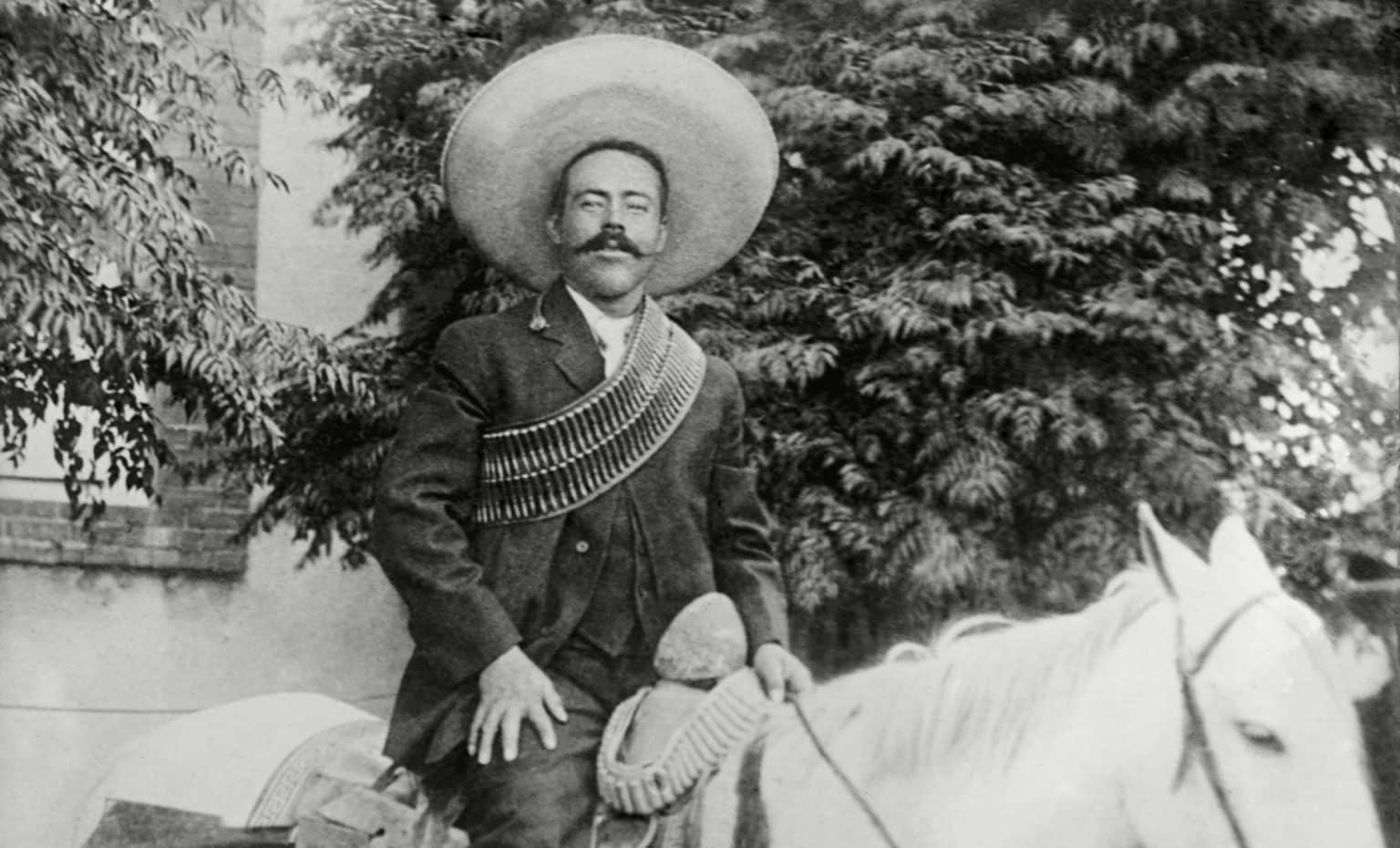
Pancho Villa was one of the leaders who carried out the Mexican Revolution and gave his country back its power. Learn who Pancho Villa was.
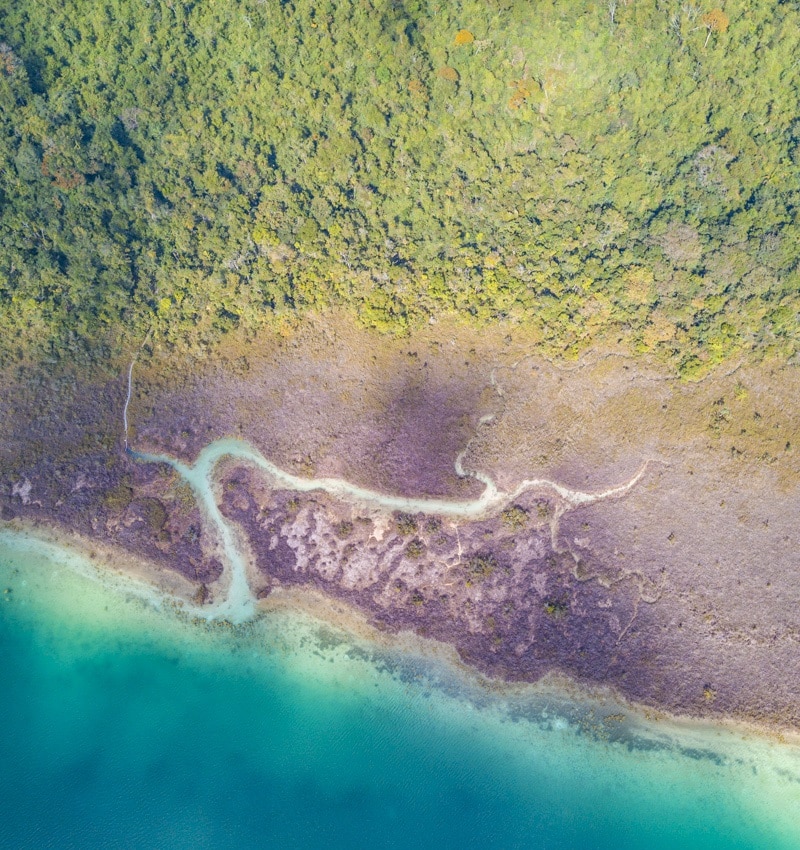
Discover the Selva Lacandona, located in the southeast of Chiapas. It is a unique place for its natural beauty, its Mayan culture and its exuberant wildlife.
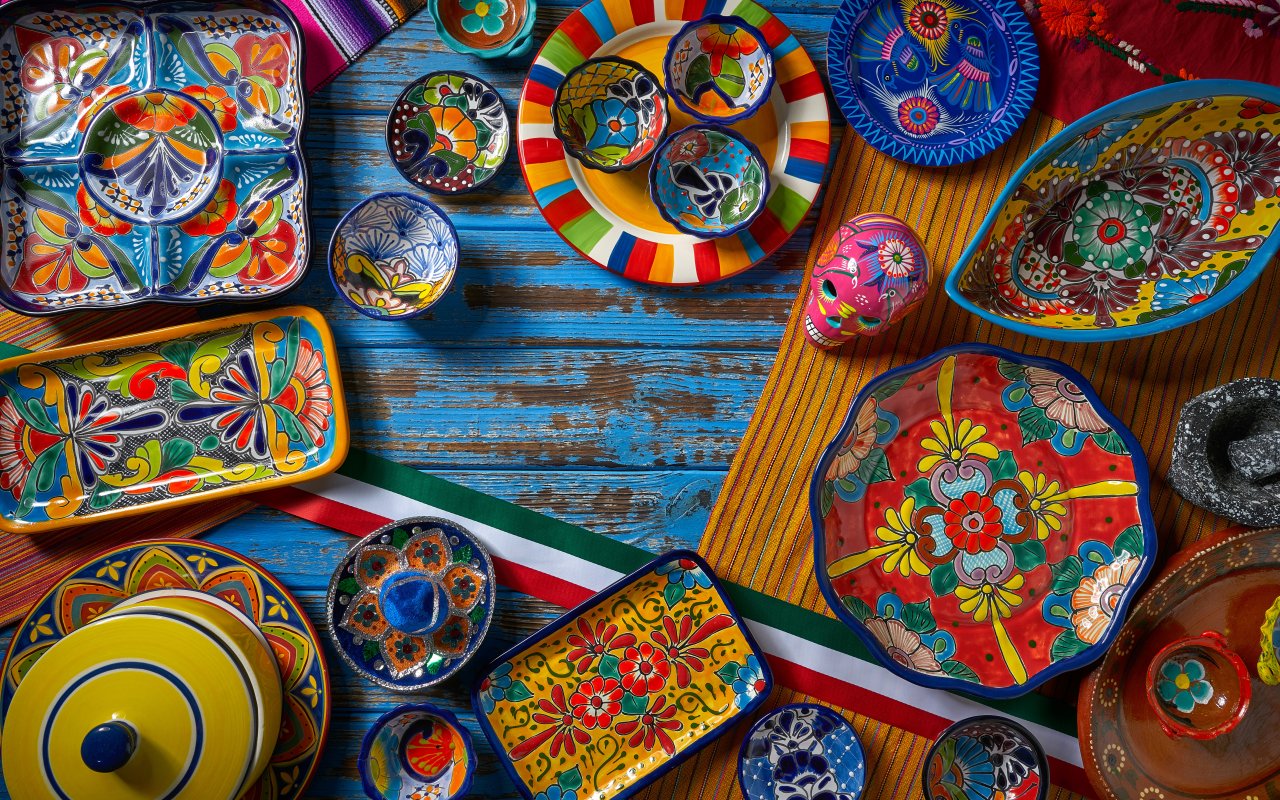
In this article you will find authentic Chiapas handicrafts at the best price. If you travel to southern Mexico, don’t hesitate to visit these stores;

Birria is a traditional Mexican dish that was born in the state of Jalisco. Let’s see how much the beef birria has evolved since its creation.
Alma De Chiapas
22 blv Maréchal Leclerc, 38000, Grenoble, France
blablabla@alma-de-chiapas.com
@Copyright 2020 Alma de Chiapas
Legal Notice
Privacy policy
Design & Creation by Upleeft